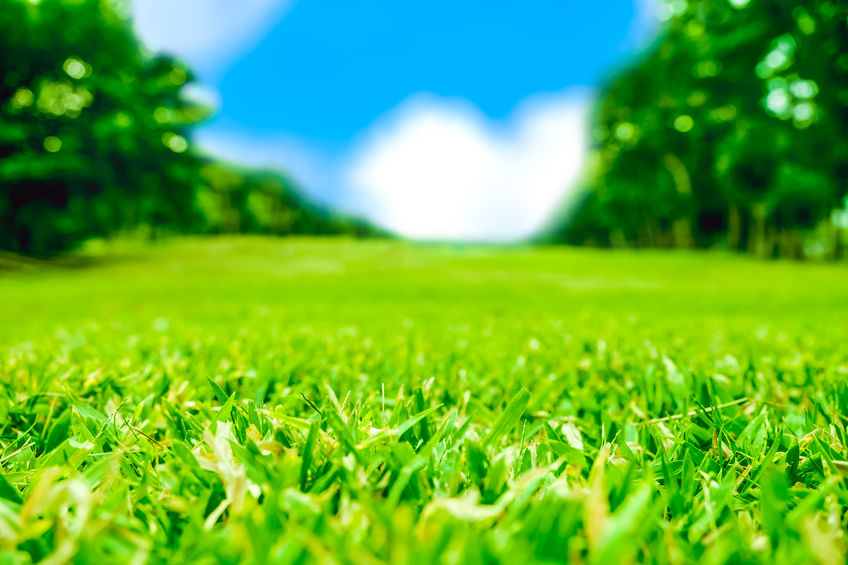Summer weather conditions can be extremely stressful for your Fargo-Moorhead area lawn. Too many days of hot, dry weather conditions can lead to heat stress for your lawn. Not only can heat stress turn your beautiful green yard brown, but it can also leave it susceptible to an increase in weeds and various lawn pests. The following guidelines can help you understand the effects of heat on your grass, and help you prevent the damage it can cause.
How Heat Impacts Your Lawn
Summertime can be hard on the grass. Long, hot, sunny days and warm nights are hard enough. But, couple that with little to no rain, or even drought conditions, and you have the makings of a lawn disaster. Increasing heat during the summer can cause grass roots to shrink to conserve energy and adjust to decreasing amounts of moisture. Grass plants will also use their stored energy to protect themselves from the heat but extended hot, dry weather can still lead to heat stress.
Even with these built-in heat reactions, the grass can still dry out and experience heat stress. Cool-season grasses such as Kentucky bluegrass, fine and tall fescue, and perennial ryegrass, are more susceptible to heat stress and may experience root damage in soil temperatures exceeding 85 degrees. They are also more prone to wilting and diseases due to extreme summer heat.
Signs Your Lawn Is Suffering From Heat Stress
The early signs of heat stress on your lawn are fairly noticeable. If your footprint is still visible hours after walking on the lawn, or if your grass begins to change colors (either gray or a different shade of green) you may be on your way to a brown yard. If the yard is left untreated, you may notice the tips of the grass leaves turning brown or curling inward.
Brown patches in your yard can also signal a pest infestation such as grubs or chinch bugs or diseases that thrive when the grass is weakened by heat stress. Lack of moisture can also result in soil compaction due to lack of aeration. All of these issues can keep your lawn from being able to take in the nutrients it needs to thrive.
How To Treat A Heat-Stressed Lawn
Taking steps to prevent heat stress, such as regular, consistent watering, aerating the soil, and letting the grass grow higher between mowing will all go a long way to maintaining your beautiful lawn. You can also take similar steps to try and heal areas of your yard that are suffering from heat stress:
Avoid compacting the soil. Excessive foot traffic and heavy equipment on your lawn can cause over-compacted soil, preventing air from reaching the root system. Aerating your lawn can fix the problem.
Water the yard thoroughly but not daily. Aim for about 1/3 inch of water every 2-3 days. Early morning is the best time to water.
In severe conditions, allow the grass to become dormant unless it is a newly planted lawn. The grass will shut down until the weather cools. Continue to irrigate the lawn weekly. Newly planted lawns should not be allowed to dry up. Be sure to regularly irrigate your lawn.
If you need help caring for your heat-stressed lawn in the Fargo-Moorhead area, or want a quote on any of our expert lawn care services contact us today.



